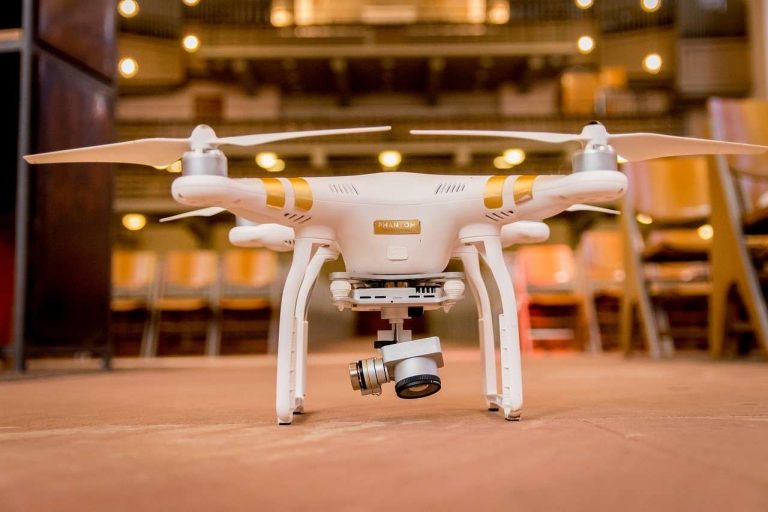Drone technology has numerous implications for our society. On the positive side of things, we’re discovering a new way to see the world, including locations that are dangerous for human travel. On the other hand, many are worried about how accessible these machines are to the general public. As the technology becomes more advanced, so must the rules surrounding their use.
One of the most positive implications of advancing drone technology is their ability to help process the scene of an accident, making law enforcement professionals’ reporting more accurate and succinct. Here’s how.
Contents
Advanced Photogrammetry Capabilities
Photogrammetry is an advanced form of measurement using photography. The process includes collecting photographs from various angles and piecing them together to create a 2D or 3D model of a building, object, or scene. Once the model is complete, the scene can be analyzed to determine what happened and who was at fault. It allows those processing the case to revisit the scene of the accident long after it has been cleaned up.
In the past, accident scene photos have been from point-and-click cameras or more advanced DSLR cameras. Due to the nuances of accident scene photography, these methods made it easy to miss something, particularly if the missing piece only becomes apparent in a 3D rendering. Drones offer an uninhibited, 360-degree view with thousands of data points to match for scene recreation. The coverage makes previous methods look like MS Paint.
Less Time, Lower Cost
Many would argue that the idea of humans in the workforce getting replaced by computers is maddening. However, for accident scene processing it can only be viewed as a positive scenario. Using a drone to capture the scene takes less time than a police officer walking around with a camera. The human team will be able to concentrate on getting the scene of the accident wrapped up, and the road reopened before someone else gets hurt. It also gets them out of a potentially dangerous situation quicker.
Due to the reduced need for manpower, resources are not as stretched and less paid employees are required to be on the scene, which is a perk for taxpayers. As police officers are often subjected to long hours and overtime, they certainly aren’t losing work by spending less time at the scene of an accident.
Safety
As briefly touched on in the previous section, the implementation of drones has huge safety implications for both officers on the scene and passersby. According to the Federal Highway Administration Office of Operations, “Every minute of incident delay multiplies traffic queues by four times and increases the risk for secondary crashes. The likelihood of a secondary crash increases by 2.8% for each minute the primary incident continues to be a hazard.”
In summation, the quicker the scene is cleared, the less chance that a curious passerby ends up causing a secondary accident.
Accessibility
Drone technology and photogrammetry for accident scene recreation are both highly accessible. Neither are cost-prohibitive and come with a minimal learning curve, meaning law enforcement teams of varying sizes, budgets, and backgrounds can effectively use this technology.
Imagine a standardized process where a scene will receive the same, effective processing whether it is in a large urban area or less populated rural setting.
As many motor vehicle accidents end up being presented before a court, it is integral to have an accurate picture of what took place. Whereas human experiences are subjective, highly detailed renderings of the scene are not. Being able t display accident scene photos accurately should be a priority, given the accessibility and ease of use of drone technology.

